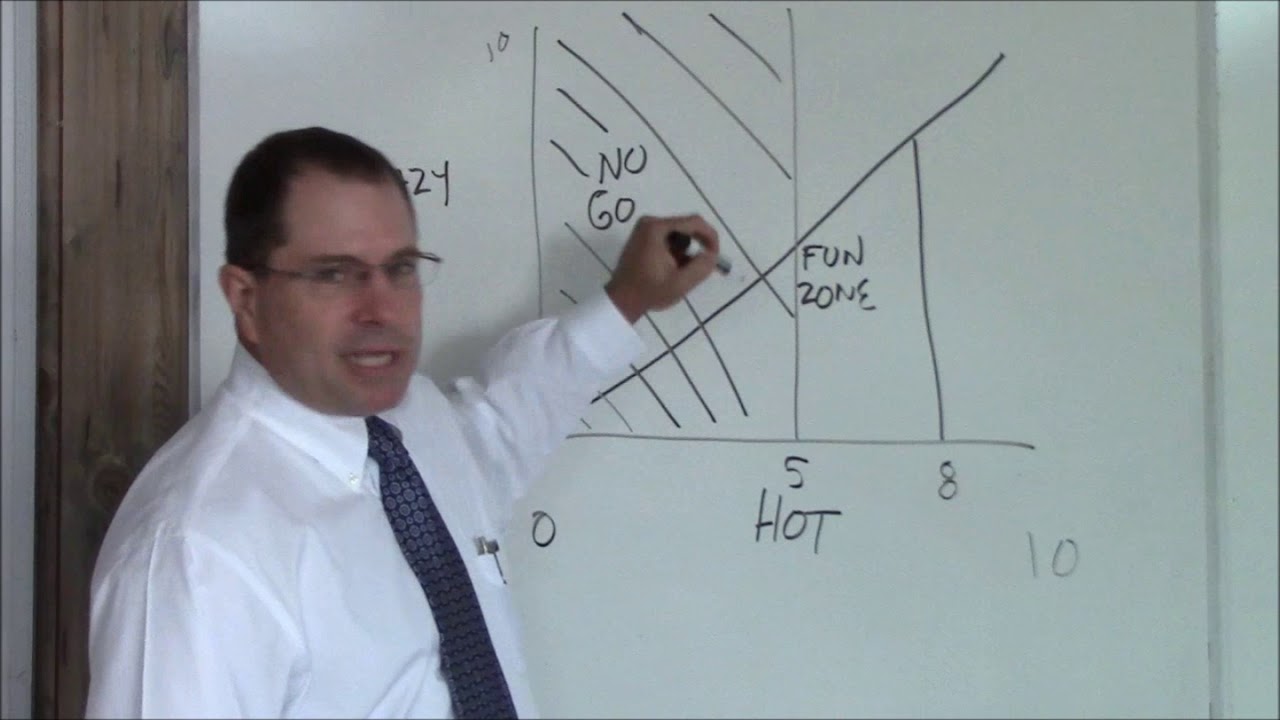In the vast realm of internet culture, few phenomena have captured attention and sparked debate quite like the “Crazy Hot Matrix.” Originating from a comedic YouTube video by stand-up comedian and actor Dana McLendon, this matrix offers a satirical guide to understanding romantic partners based on their perceived levels of attractiveness and emotional stability. What began as a humorous take on dating dynamics quickly became a viral sensation, generating widespread discussion and controversy. In this article, we delve into the depths of the Crazy Hot Matrix, examining its origins, implications, and enduring relevance in contemporary society.
Table of Contents
ToggleUnderstanding the Matrix
The Crazy Hot Matrix is a graphical representation that categorizes potential romantic partners into various zones based on two primary factors: “Crazy” (referring to emotional instability or irrational behavior) and “Hot” (representing physical attractiveness). The matrix features a grid with four quadrants, each humorously labeled to depict the different types of partners one might encounter:
- No-Go Zone: This quadrant, located in the upper-left corner of the matrix, designates individuals who are both “crazy” and unattractive. According to McLendon’s comedic interpretation, these individuals are to be avoided at all costs due to the high likelihood of encountering significant emotional turmoil without any redeeming physical allure.
- Danger Zone: Positioned in the upper-right corner, the Danger Zone comprises individuals who are highly attractive but also exhibit erratic or unpredictable behavior. McLendon humorously warns that while these partners may be physically appealing, their emotional volatility can lead to disastrous consequences, earning them the designation of “dangerous.”
- Fun Zone: Situated in the lower-left quadrant, the Fun Zone encompasses partners who are deemed emotionally stable but lack significant physical attractiveness. McLendon suggests that while these individuals may not be the most visually striking, their stable demeanor makes them suitable for companionship and potential relationships.
- Date Zone: Found in the lower-right quadrant, the Date Zone represents the ideal balance between attractiveness and emotional stability. According to McLendon, individuals in this zone possess both desirable physical attributes and a reasonable level of emotional equilibrium, making them prime candidates for dating and long-term partnerships.
The Reception and Controversy
Upon its release, the Crazy Hot Matrix garnered widespread attention across various online platforms, quickly amassing millions of views and sparking lively discussions among viewers. Many embraced the video as a lighthearted satire of dating dynamics, appreciating its comedic approach to a complex subject. The matrix’s straightforward presentation and humorous commentary resonated with audiences, leading to its virality within internet culture.
However, alongside its popularity came criticism and controversy. Some viewers expressed concern over the matrix’s reinforcement of stereotypes and shallow judgments based on physical appearance. Critics argued that reducing individuals to simplistic categories of “crazy” or “hot” perpetuates harmful societal norms and fails to acknowledge the complexities of human relationships.
Additionally, the matrix’s depiction of women, in particular, drew scrutiny for its gendered stereotypes and objectification. McLendon’s portrayal of women as primarily defined by their physical attractiveness and emotional stability sparked backlash from those who viewed it as reductive and demeaning.
Beyond the Comedy: Societal Reflections
While the Crazy Hot Matrix originated as a comedic creation, its enduring popularity and cultural impact warrant deeper examination. Beneath the humor lies a reflection of societal attitudes and expectations surrounding dating and relationships. The matrix serves as a mirror through which we can analyze prevalent stereotypes, biases, and insecurities prevalent in contemporary society.
At its core, the Crazy Hot Matrix underscores the pervasive influence of physical appearance in shaping romantic interactions. In a culture increasingly driven by image-centric ideals perpetuated through social media and popular culture, the emphasis on attractiveness as a determining factor in partner selection remains a prevalent phenomenon.
Moreover, the matrix highlights the enduring fascination with categorization and simplification in human relationships. Despite the inherent complexities of interpersonal dynamics, individuals often seek to impose order and clarity through simplistic frameworks, such as the one presented in the Crazy Hot Matrix. However, this reductionist approach fails to capture the nuances and individuality of human experiences, ultimately perpetuating narrow-minded perspectives.
Evolving Perspectives and Critiques
In the years since its inception, the Crazy Hot Matrix has continued to provoke discussions and debates surrounding gender, dating, and societal norms. While some view it as a harmless comedic sketch, others critique its reinforcement of harmful stereotypes and shallow judgments.
Critics argue that the matrix overlooks the importance of mutual respect, communication, and emotional compatibility in fostering healthy relationships. By prioritizing physical appearance and emotional stability above all else, the matrix perpetuates unrealistic expectations and undermines the significance of genuine connection and understanding.
Moreover, the gendered implications of the matrix have been a subject of ongoing scrutiny. McLendon’s portrayal of women as the primary subjects of evaluation within the matrix reflects deeply ingrained societal attitudes regarding gender roles and expectations. By reducing women to simplistic categories based on appearance and behavior, the matrix reinforces harmful stereotypes and diminishes the agency and complexity of individual women.
Conclusion: Navigating the Complexity
In the realm of dating and relationships, the Crazy Hot Matrix stands as a testament to the enduring allure of humor and satire in addressing complex societal phenomena. While its comedic value is undeniable, the matrix also serves as a poignant reminder of the pervasive influence of societal norms and expectations on interpersonal dynamics.
As we navigate the complexities of modern romance, it is essential to challenge simplistic narratives and stereotypes that undermine the richness and diversity of human experiences. By fostering empathy, understanding, and a willingness to engage with complexity, we can move beyond the confines of rigid categorizations and embrace the multifaceted nature of love and connection.
Ultimately, the Crazy Hot Matrix invites us to reflect on our own beliefs, biases, and assumptions about dating and relationships. In doing so, we can cultivate a more inclusive and compassionate approach to love—one that celebrates authenticity, mutual respect, and the inherent worth of every individual, irrespective of superficial judgments or societal expectations.

